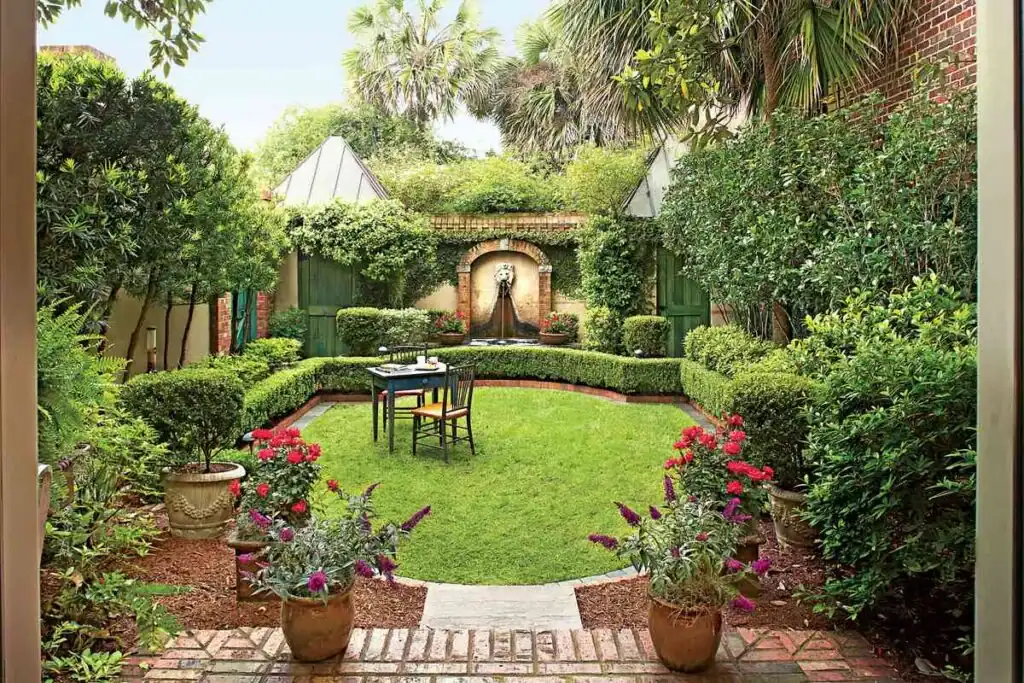Introduction
Small gardens offer a unique opportunity to create an intimate and vibrant green space. By incorporating native plants, you can design a beautiful, low-maintenance garden that supports local wildlife and thrives with minimal intervention. At Soil Matters, we’re passionate about sustainable gardening, and in this post, we’ll share some inspiring native plant ideas to help you transform your small garden into a lush, eco-friendly oasis.
Why Choose Native Plants?
Native plants are species that have evolved in a specific region and are well adapted to the local climate, soil, and ecosystem. Choosing native plants for your garden has numerous benefits:
- Low Maintenance: Native plants are naturally suited to local conditions, requiring less water, fertilizer, and pesticides.
- Support Local Wildlife: They provide essential habitat and food sources for native pollinators, birds, and other wildlife.
- Environmental Benefits: Native plants help preserve the region’s natural heritage and promote biodiversity.
Planning Your Native Plant Garden
Before you start planting, it’s essential to plan your garden layout and choose plants that will thrive in your specific conditions.
Assess Your Garden Space
- Soil Type: Determine whether your soil is sandy, loamy, or clayey to select plants that will thrive in those conditions.
- Sunlight: Observe how much sunlight different areas of your garden receive (full sun, partial shade, or full shade).
- Moisture: Note any areas that are particularly dry or tend to retain moisture.
Design Tips
- Layering: Use a mix of plant heights to create depth and visual interest. Place taller plants at the back and shorter plants at the front.
- Grouping: Group plants with similar water and sunlight needs together for easier maintenance.
- Pathways and Features: Incorporate pathways, stepping stones, or decorative features to enhance the garden’s aesthetic and functionality.
Native Plant Ideas for Small Gardens
1. Wildflowers
Wildflowers are perfect for adding a splash of color and attracting pollinators.
- Echinacea (Coneflower): A hardy perennial with vibrant, daisy-like flowers that attract bees and butterflies.
- Coreopsis (Tickseed): Bright yellow flowers that bloom profusely and require minimal care.
- Lupinus (Lupine): Striking spires of flowers in various colors that add vertical interest.
2. Ground Covers
Ground covers can fill in gaps, suppress weeds, and reduce soil erosion.
- Phlox subulata (Creeping Phlox): A low-growing plant that forms a carpet of colorful flowers in spring.
- Asarum canadense (Canadian Wild Ginger): Heart-shaped leaves and small, hidden flowers; thrives in shady areas.
- Gaultheria procumbens (Wintergreen): Evergreen foliage with red berries that provide year-round interest.
3. Shrubs
Shrubs add structure and can serve as focal points or natural borders.
- Amelanchier canadensis (Serviceberry): Multi-season interest with spring flowers, summer berries, and fall foliage.
- Ilex verticillata (Winterberry Holly): Deciduous holly with bright red berries that persist into winter.
- Ceanothus americanus (New Jersey Tea): Compact shrub with fragrant white flowers that attract butterflies.
4. Grasses
Native grasses add texture and movement to the garden.
- Schizachyrium scoparium (Little Bluestem): Ornamental grass with blue-green foliage that turns red-orange in fall.
- Sporobolus heterolepis (Prairie Dropseed): Fine-textured grass with fragrant, airy seed heads.
- Panicum virgatum (Switchgrass): Tall, upright grass with feathery flower panicles.
5. Perennials
Perennials come back year after year, providing long-term beauty and stability.
- Aquilegia canadensis (Eastern Red Columbine): Delicate, red and yellow flowers that attract hummingbirds.
- Heuchera americana (American Alumroot): Attractive foliage and small, bell-shaped flowers; excellent for shady spots.
- Solidago (Goldenrod): Bright yellow flower clusters that bloom in late summer and attract pollinators.
Planting and Maintenance Tips
- Soil Preparation: Improve your soil by adding organic matter, such as compost, to enhance fertility and drainage.
- Planting Time: Plant native species in the fall or early spring to give them the best start.
- Watering: Water plants deeply but infrequently to encourage deep root growth.
- Mulching: Apply a layer of organic mulch to retain moisture, suppress weeds, and regulate soil temperature.
- Pruning and Dividing: Prune shrubs and divide perennials as needed to maintain plant health and garden aesthetics.
Conclusion
Transforming your small garden with native plants is a rewarding way to create a vibrant, sustainable landscape that supports local biodiversity. By choosing plants that are well adapted to your region, you can enjoy a beautiful garden with minimal maintenance. At Soil Matters, we encourage you to embrace native plants and discover the joy of eco-friendly gardening.
For more tips on sustainable gardening and native plants, visit Soil Matters and explore our resources on creating a thriving, sustainable garden.


